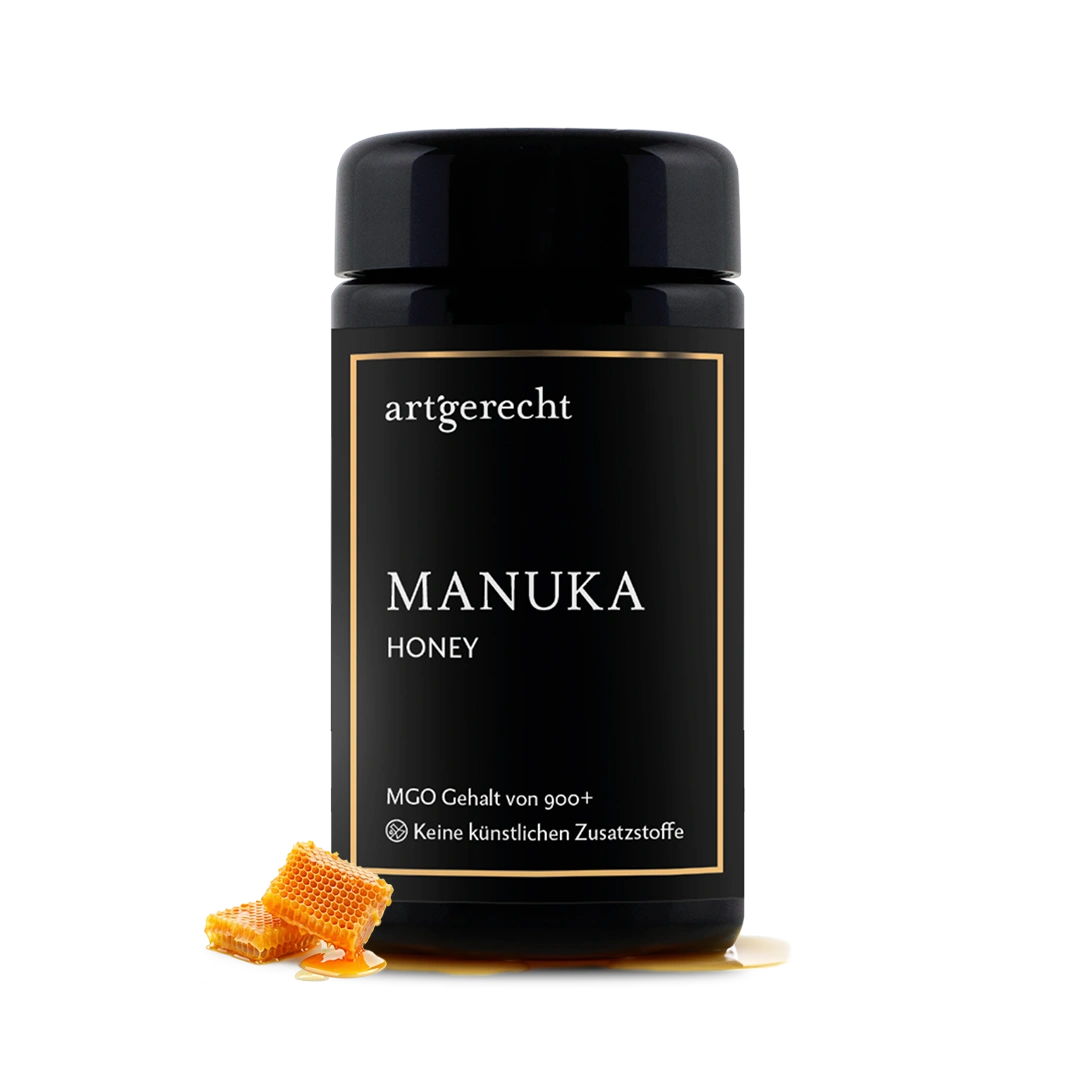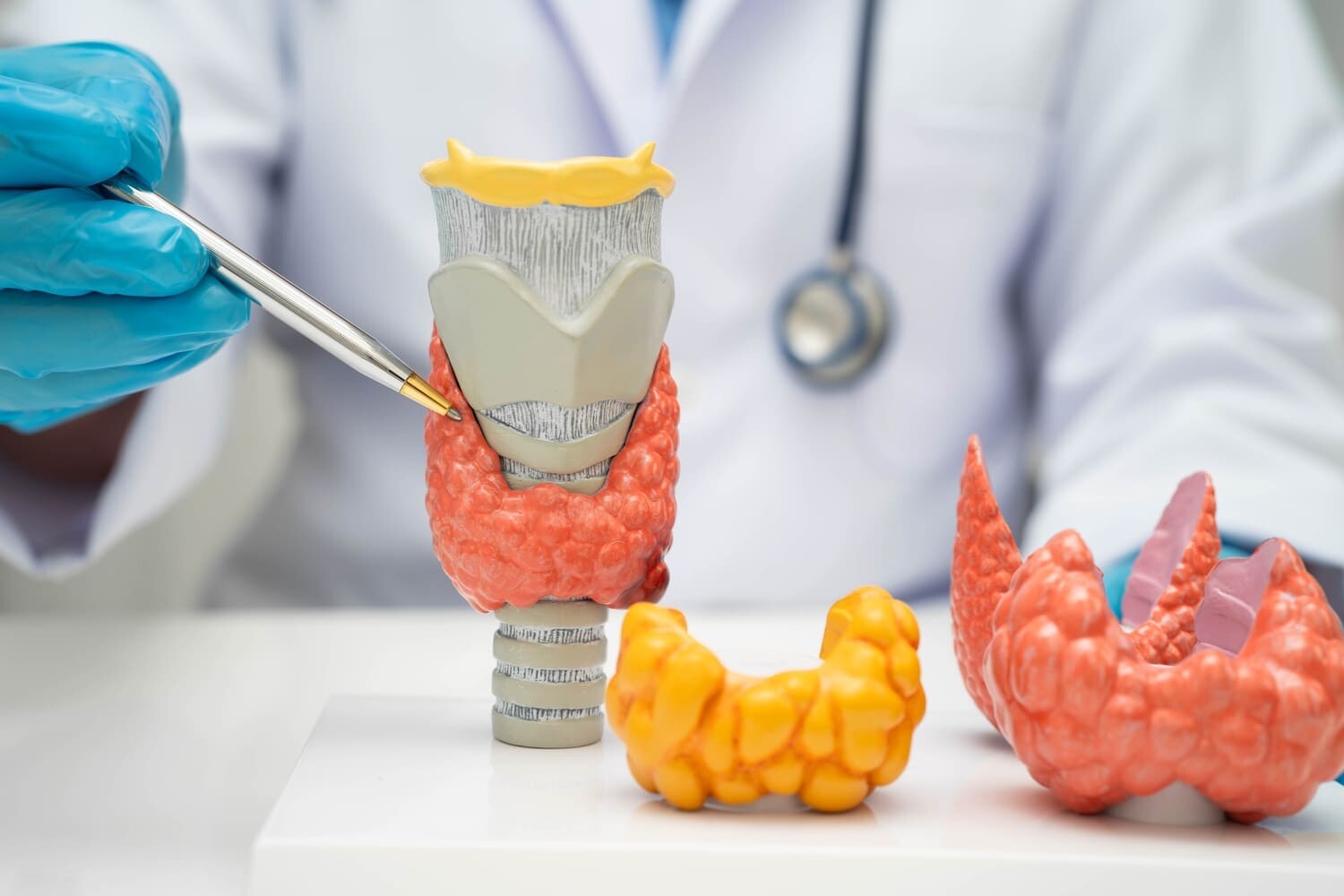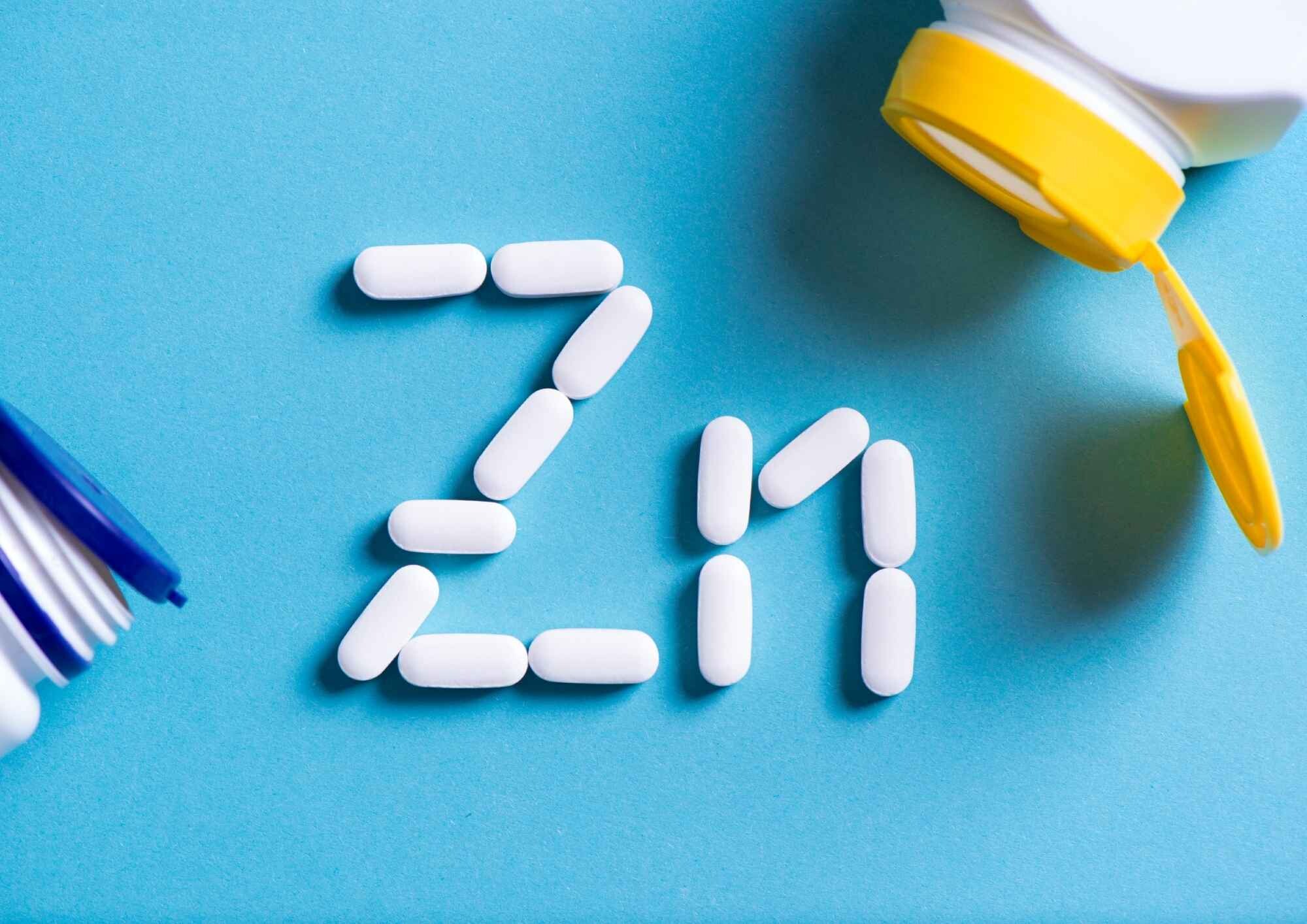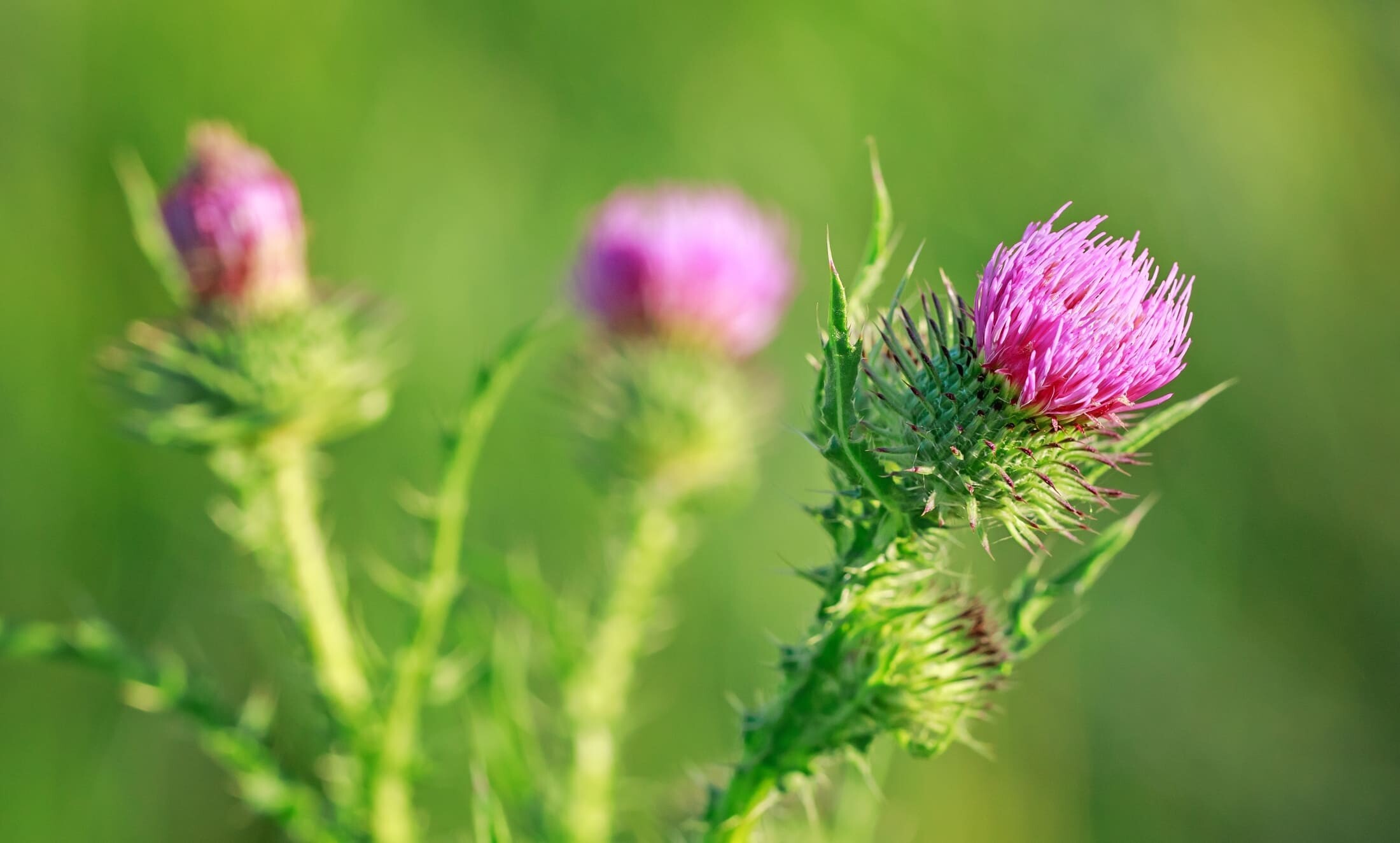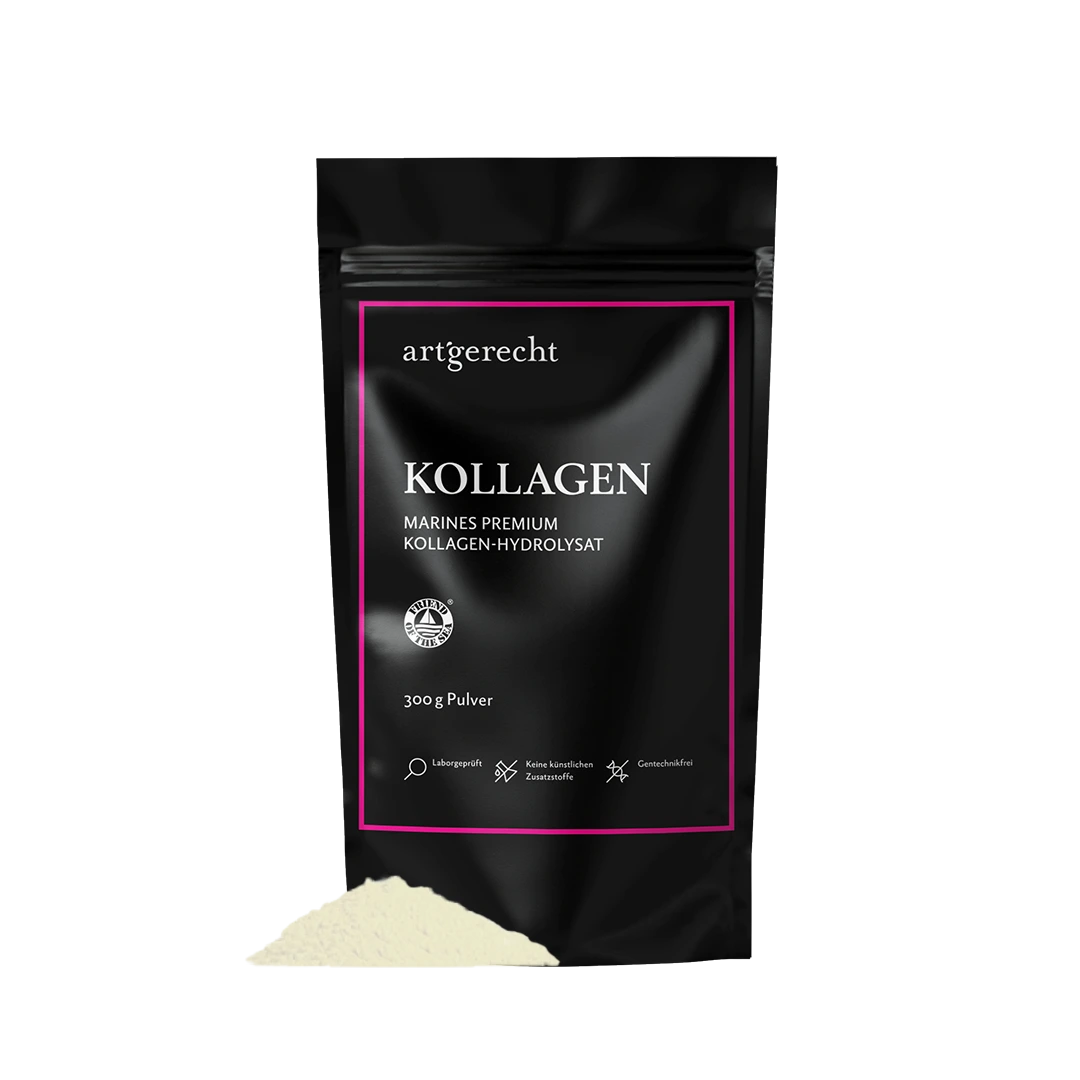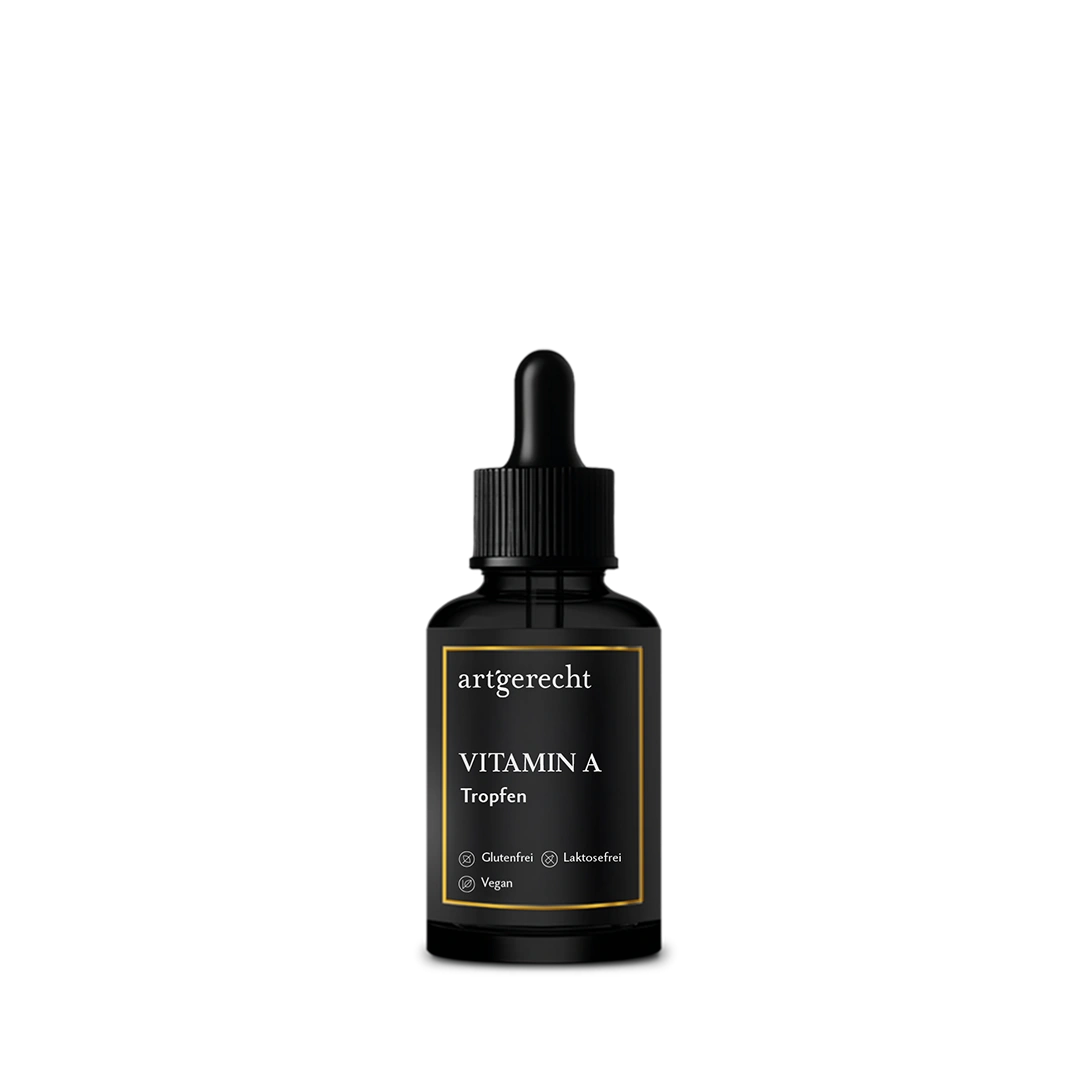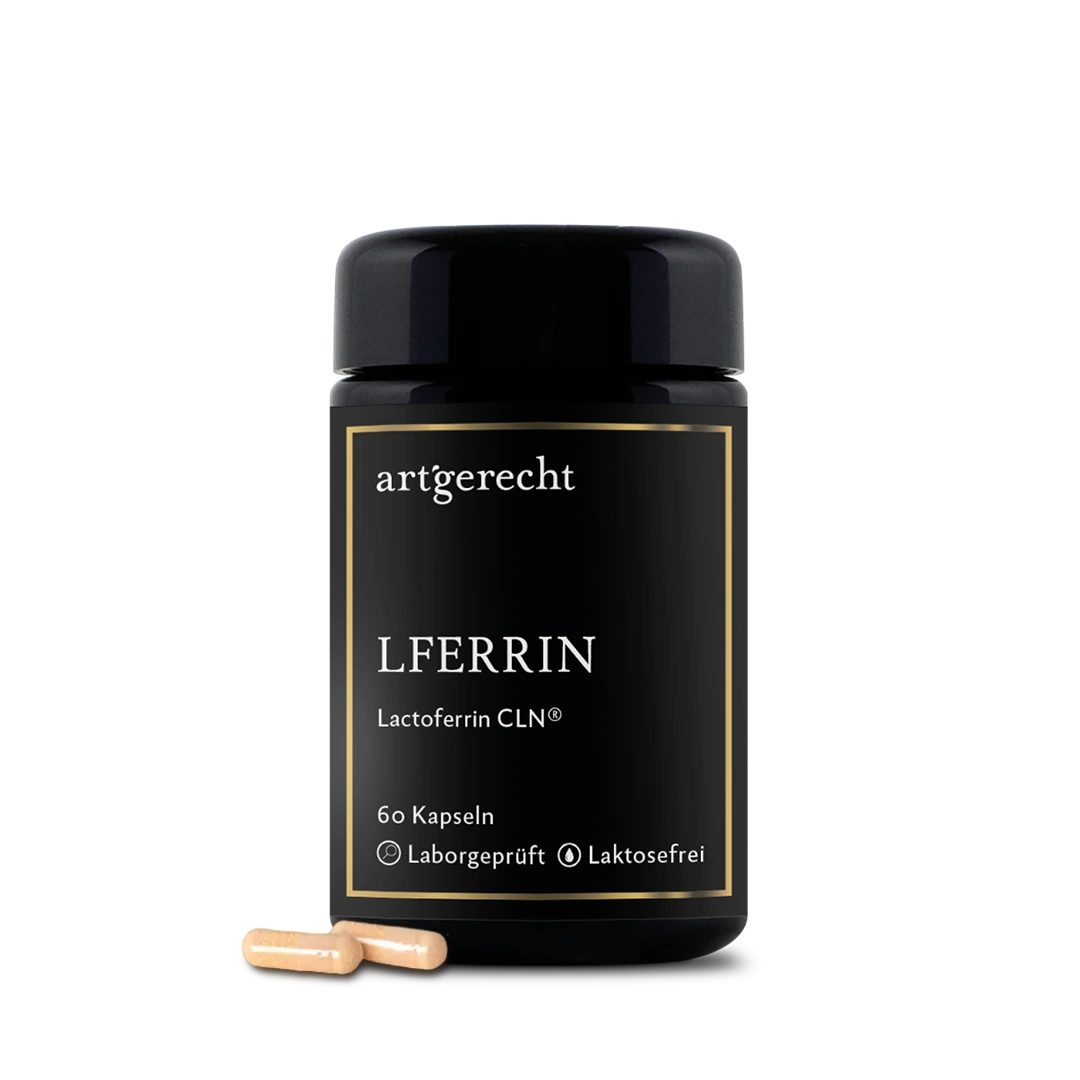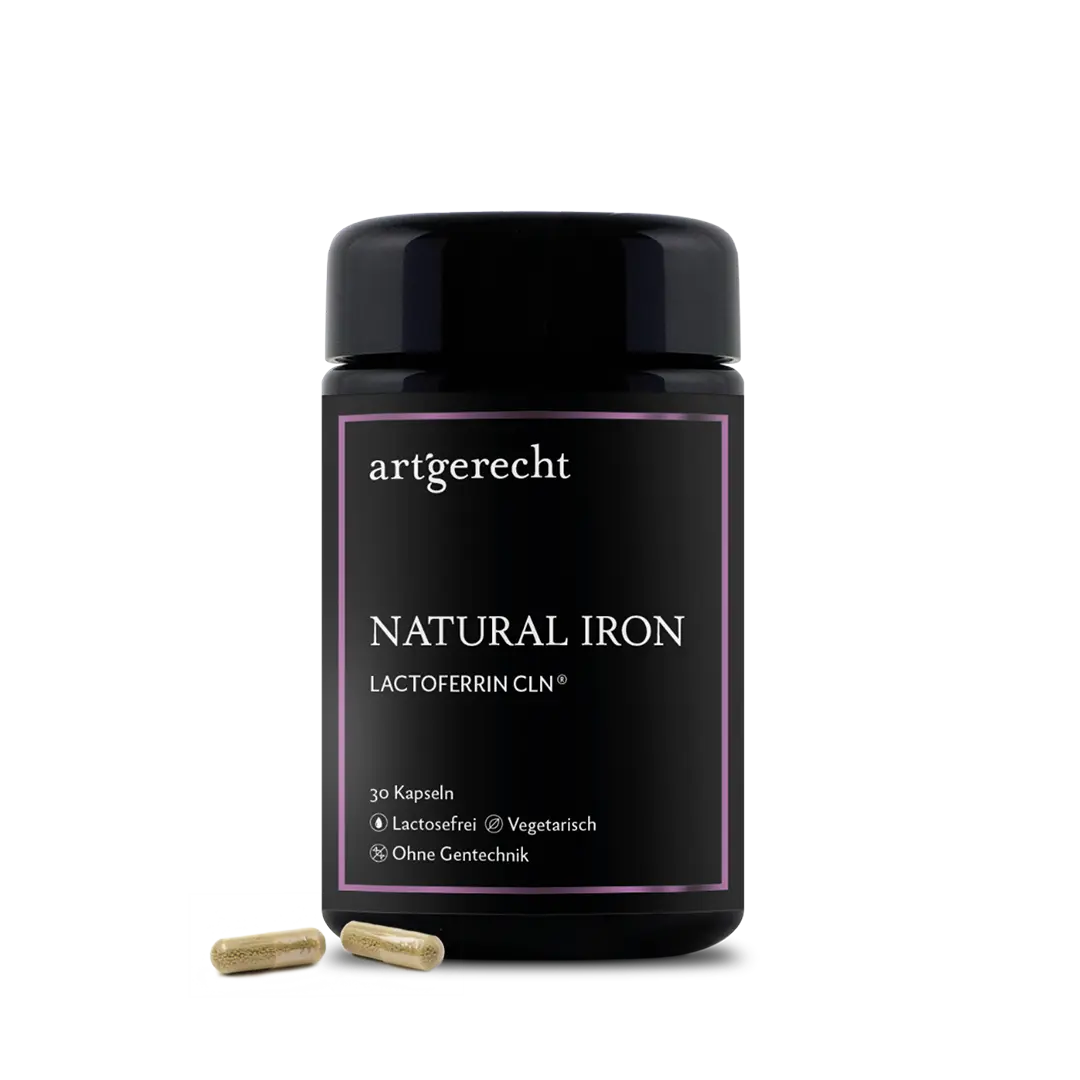Honey has been used as a natural medicine for over 2000 years [1]. Manuka honey, a unique natural product from New Zealand and Eastern Australia, has gained popularity in recent years due to its exceptional health benefits. It is a monofloral honey from the Manuka tree (Leptospermum scoparium). Monofloral means that the bees feed predominantly on one plant and the honey is then named after this plant. It is assumed that many of the medicinal properties of plants can be transferred through the honey [2].
Of particular note are its antibacterial and anti-inflammatory properties, which can be attributed to its high methylglyoxal (MGO) content [1]. As early as the 1980s, it was shown that even low concentrations of Manuka honey were effective against bacterial pathogens. In 2008, two different laboratories were then able to isolate methyl oxalate independently of each other. Subsequent in vitro studies showed the strong antibacterial properties of MGO, making it particularly effective against a wide range of pathogens, including some antibiotic-resistant strains. Both Gram-negative and Gram-positive bacterial strains (Figure 1) have been shown to be sensitive to MGO [3,4]. A synergistic effect of honey with various antibiotics (oxacillin, tetracyclines, imipenem) has also been shown [3].
On a cellular level, Manuka honey has the ability to stimulate macrophages [1]. Macrophages belong to the leukocytes and are part of the innate immune defense. They release mediators such as tumor necrosis factor alpha (TNF α) or interleukin-6 (IL-6), which then bind to the bacteria and initiate their degradation [1,5]. Manuka also has a reducing effect on biofilms. This effect is influenced by MGO and the sugar content, which cause the bacterial cells trapped in the biofilm matrix to be killed [1].Methylglyoxal is found almost exclusively in Manuka honey and its concentration increases depending on the duration of the ripening process. The highest MGO concentrations were found in Manuka honey, whereas normal honey only contains levels between 1.6 and 24 mg/kg [1,6]. The antibacterial properties are assumed to be present from an MGO content of 150 mg/kg [9]. The MGO content in Manuka honey and the antibacterial activity correlate with each other: the higher the MGO content, the more likely it is to have antibacterial properties [1].
Another interesting area of application for manuka honey is the treatment of wounds. This is based on the antibacterial and antioxidant properties of MGO. In addition, the honey creates a protective barrier on the wound due to its high viscosity. A prolonged inflammatory reaction is prevented by the production and spread of inflammatory cells on the wound initiated by MGO, and wound healing is promoted. The above-mentioned production of mediators such as TNF α and IL-6 enables normal wound healing [2]. In terms of wound healing, MGO concentrations of at least 312 mg/kg have been shown to have an antibacterial effect [8].
The data from the studies indicate that the MGO content influences the antibacterial activity and that the interactions appear to be largely additive in nature. It remains to be clarified whether the higher antibacterial activity in vitro also leads to better results in a clinical therapeutic context [7].
Figure 1: List of microorganisms that were sensitive to Manuka honey, adapted from [4]
One product with a particularly high methylglyoxal content is MANUKA, which is well suited to supplementing a balanced diet. Premium Manuka honey has an average methylglyoxal content of over 900 mg/kg. MANUKA is extracted from the manuka tree (Leptospermum) on a bee farm in Byron Bay and Coffs Harbour, Australia.
Sources:
1] Johnston M, McBride M, Dahiya D, Owusu-Apenten R, Nigam PS. Antibacterial activity of Manuka honey and its components: An overview. AIMS Microbiol. 2018 Nov 27;4(4):655-664. doi: 10.3934/microbiol.2018.4.655. PMID: 31294240; PMCID: PMC6613335.
[2] Alvarez-Suarez, J. M., Gasparrini, M., Forbes-Hernández, T. Y., Mazzoni, L., & Giampieri, F. (2014). The composition and biological activity of honey: a focus on Manuka honey. Foods, 3(3), 420-432.
[3] Carter, D. A., Blair, S. E., Cokcetin, N. N., Bouzo, D., Brooks, P., Schothauer, R., & Harry, E. J. (2016). Therapeutic manuka honey: no longer so alternative. Frontiers in microbiology, 7, 194754.
.[4] Ahmed, S.; Othman, H.N. Review of the medicinal effects of Tualang honey and a comparison
with manuka honey. Malays. J. Med. Sci. 2013, 20, 6–13.
[5] Medical microbiology. (ca. 2019). [Cd]. In H. Hof & Schlüter D. (Eds.), Duale Reihe (7th revised and expanded edition). Thieme. https://doi.org/10.1055/b-006-163249
[6] Roberts A, Brown HL, Jenkins R. On the antibacterial effects of manuka honey: mechanistic insights. Research and Reports in Biology. 2015;6:215-224 https://doi.org/10.2147/RRB.S75754
[7] Green, K. J., Lawag, I. L., Locher, C., & Hammer, K. A. (2022). Correlation of the antibacterial activity of commercial manuka and Leptospermum honeys from Australia and New Zealand with methylglyoxal content and other physicochemical characteristics. PloS one, 17(7), e0272376.
[8] Mavric, E., Wittmann, S., Barth, G. and Henle, T. (2008), Identification and quantification of methylglyoxal as the dominant antibacterial constituent of Manuka (Leptospermum scoparium) honeys from New Zealand. Mol. Nutr. Food Res., 52: 483-489.https://doi.org/10.1002/mnfr.200700282
[9] Majtan, J., Klaudiny, J., Bohova, J., Kohutova, L., Dzurova, M., Sediva, M., … & Majtan, V. (2012). Methylglyoxal-induced modifications of significant honeybee proteinous components in manuka honey: Possible therapeutic implications. Fitoterapia, 83(4), 671-677.


